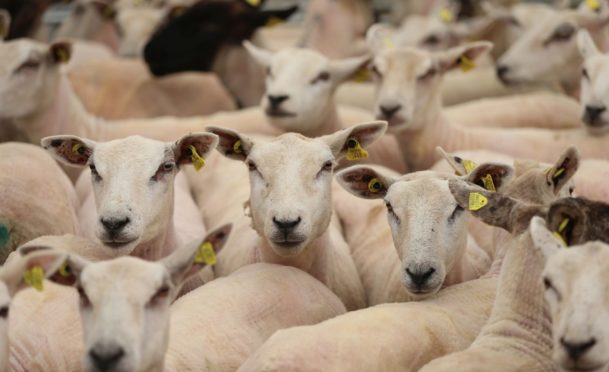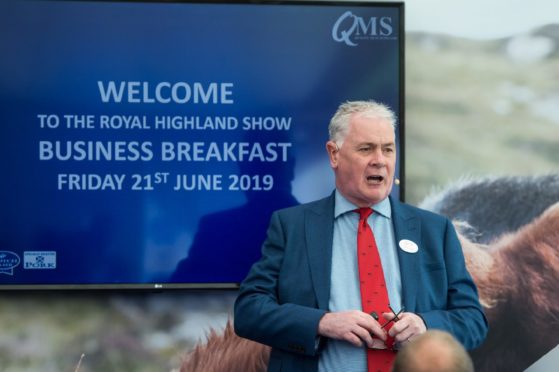Scottish farmers are set to benefit from changes to the way red meat levies are collected in a deal set to bring an additional £1.2 million in levies back to Scotland every year.
Farm levy bodies across the UK have agreed a way to rectify the long-running spat over the way red meat levies are collected for cattle, sheep and pigs.
It follows years of lobbying over the loss of Scottish and Welsh red meat levies from Scottish- and Welsh-born animals being slaughtered in England.
Scotland’s red meat levy body Quality Meat Scotland (QMS) said the new way arrangement, which comes into force on April 1, will result in an estimated £1.2m being added to its £4m annual levy pot.
QMS and its English and Welsh counterparts – the Agriculture and Horticulture Development Board (AHDB) and Meat Promotion Wales/Hybu Cig Cymru (HCC) – have worked out individual calculations for he cross-border movement to slaughter of cattle, sheep and pigs. Their new system will only apply to the proportion of levy collected from farmers.
Welcoming the new system, QMS chief executive Alan Clarke paid tribute to everyone involved in finding a solution to the issue.
“We are grateful to the tremendous effort made by Cabinet Secretary Fergus Ewing who has been at the coal-face advocating for the scheme, which was drafted by Scottish Government officials on behalf of QMS, HCC and AHDB,” said Mr Clarke.
“Acknowledgement must also be made to previous chairman Jim McLaren, as well as former chief executive Uel Morton, who undertook the initial work and subsequently laid the foundation for current QMS chair Kate Rowell and myself to build upon and ensure it was complete as planned.”
Rural Economy Secretary, Fergus Ewing, said he was delighted a new scheme would be in place at the start of next month.
He said: “It is only right that the levy bodies have the ability to transfer money to each other and to work out the best mechanisms for calculating what should be redistributed across borders.
“This will undoubtedly benefit our livestock industry and I congratulate the industry and all the levy bodies on working together to get this over the line.”

